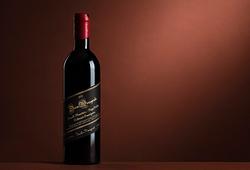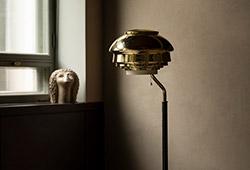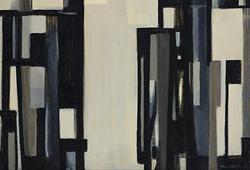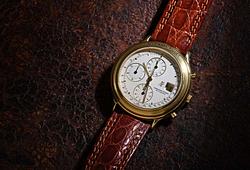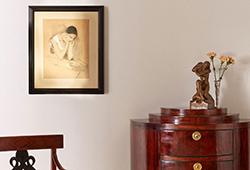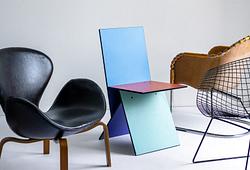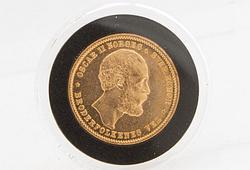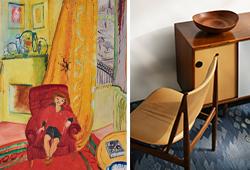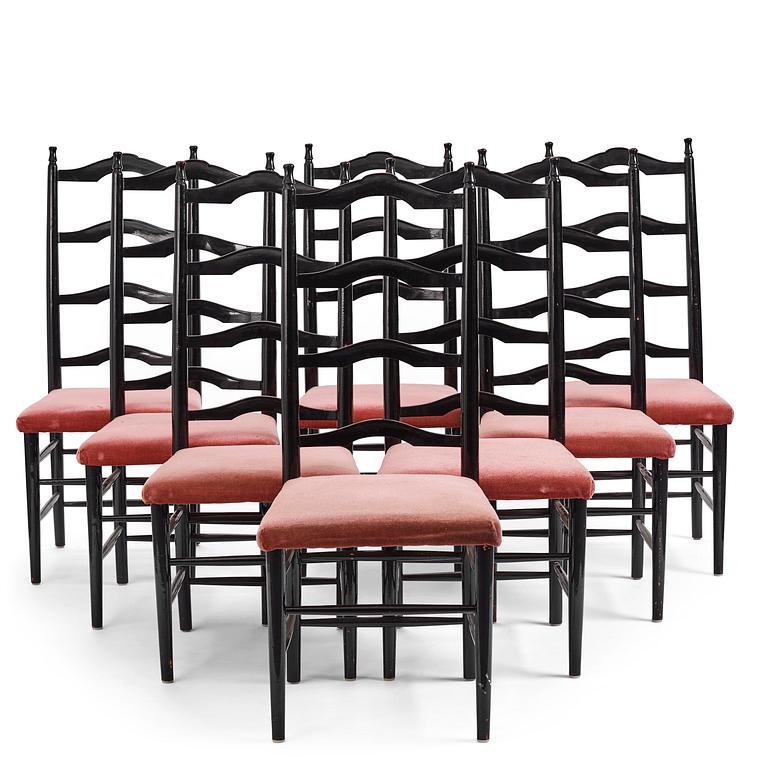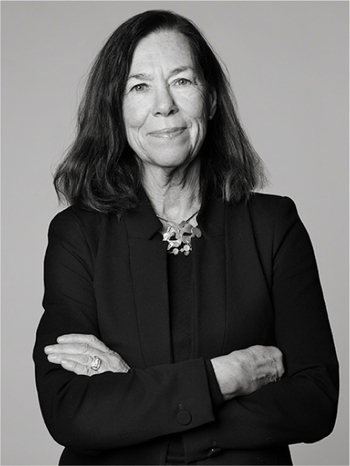Gunnar Asplund
a set of eight chairs, for the staffroom at Karlshamn Secondary School, Sweden, ca 1912-1918.
Wood painted black, seats upholstered with a later fabric, leg frames with crossbars, the back-rest ending in turned finials. Height 114-116 cm, seat height ca 47 cm.
Later paint and fabric to seats, minor wear.
Provenance
Karlshamn Secondary School (Väggaskolan), built 1912-1918.
Literature
Drawings preserved in the school's archives and at ArkDes, Stockholm.
More information
The Secondary School "Väggaskolan" in Karlshamn, Blekinge, was Gunnar Asplund's first major building project and was constructed between 1912 and 1918. Asplund created a cohesive whole here, placing great emphasis on details, and he also designed the furnishings.
In a quote in a letter that is archived, dated 24 August 1915, he offered to design furniture and fixtures for the school for 600 kronor. The interior was manufactured by various local craftsmen according to Asplund's drawings. In the 1960s and 70s, the school was renovated, and the furnishings were sorted out, with only a few seeming to have been preserved for posterity.
Designer
Gunnar Asplund is considered one of the most significant and leading architects during the interwar period, both in Sweden and internationally. Asplund is seen as one of the foremost representatives of 1920s Nordic classicism, with the Skandia Theatre (1922) and the Stockholm Public Library (1928) as prominent examples. He was also one of the pioneers of functionalism, which he introduced in Sweden with the Stockholm Exhibition in 1930, where he was the chief architect.
Read more



